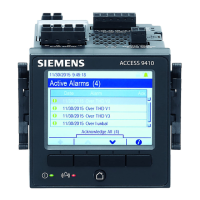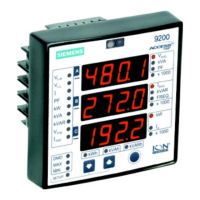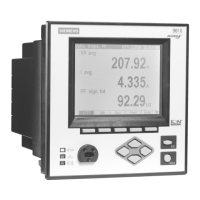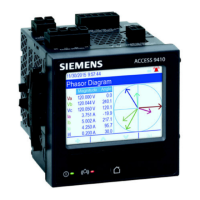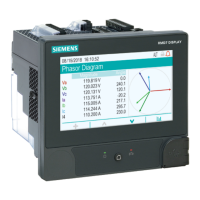9410 series Inputs / outputs
5. Configure the digital output by selecting the parameter and clicking Edit.
Parameter Value/Range Description
Source Digital/Boolean Link this input to the value that drives the state of the
digital output.
If Source is not linked, the digital output state is driven by
the Force ON, Force OFF values.
Force ON Pulse Link this input to a pulse that forces the digital output on for
the PulseWidth duration, regardless of the Source input.
Force OFF
1
Pulse Link this input to a pulse that forces the digital output off.
Normal
1
Pulse Pulsing this input will switch the driver of the digital output
from Force ON to Source.
Polarity Inverting/non-
inverting
Specifies if the signal to the digital port is inverted or not
inverted.
PulseWidth 0 - 2,000,000 Specifies the duration of the pulse, in seconds.
Setting this parameter to 0 sets the digital output
continuously on.
Port
–
The physical digital output port connection. Only available
ports are shown.
1
These parameters are only valid when pulse width is set to 0.
Related Topics
• Option I/O modules configuration
Energy pulsing
Energy pulsing
You can configure the meter’s energy pulsing LED or digital output for energy pulsing
applications.
When the LED is set to energy pulsing, the meter sends a readable pulse or signal
based on the measured energy. This pulse can be used for accuracy verification or as
an input to another energy monitoring system. You must calculate your pulse values as
either pulses per kWh or as kWh per pulse, as defined by your meter, and set the
energy value as delivered or received active, reactive, or apparent energy.
Calculate your maximum kWh/pulse (pulse weight) value
To calculate the kWh/pulse (pulse weight) value, divide the highest kW value you can
expect by the required pulse rate.
Make sure the required pulse rate does not exceed the maximum pulse rate for the
digital output.
NOTE: To convert from kWh/pulse to pulse/kWh you must invert (take the
reciprocal) of the value. For example, 1.8 kWh/pulse becomes 0.556 pulse/kWh.
Example pulse weight calculation
For a maximum load of 1600 kW and a pulse rate of 2 pulses per second, calculate the
kWh/pulse value as follows:
1. Convert 1600 kW load into kWh/second:
(1600 kW)*(1hr) = 1600 kWh
(1600 kWh)/(3600 sec) = (X kWh)/(1sec)
X = 0.444 kWh/sec
148 7EN05-0336-03
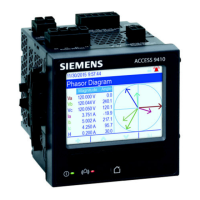
